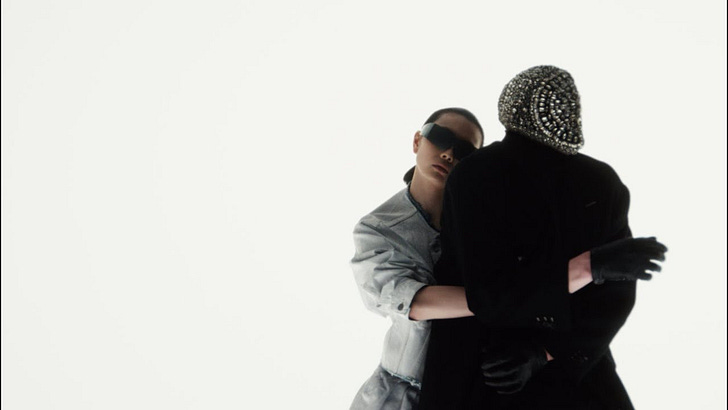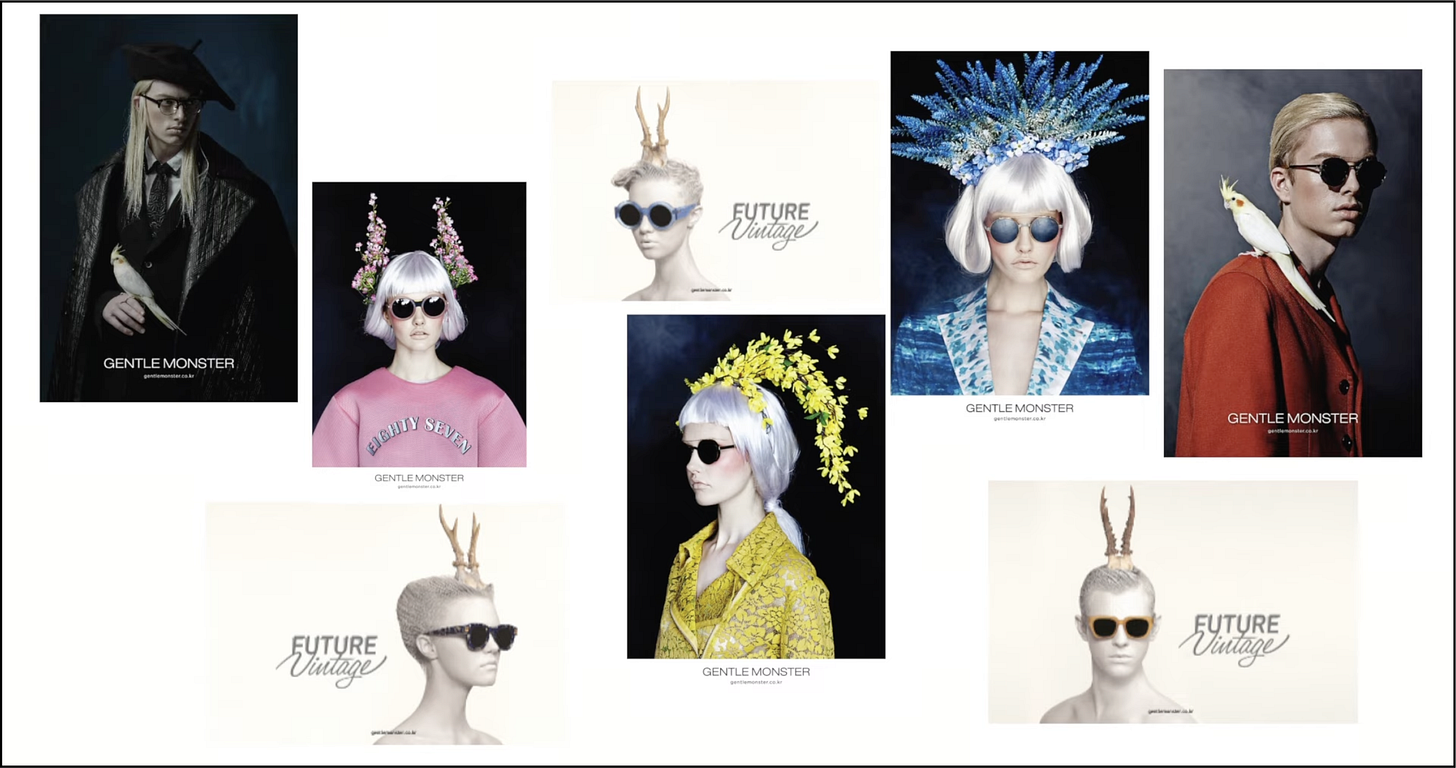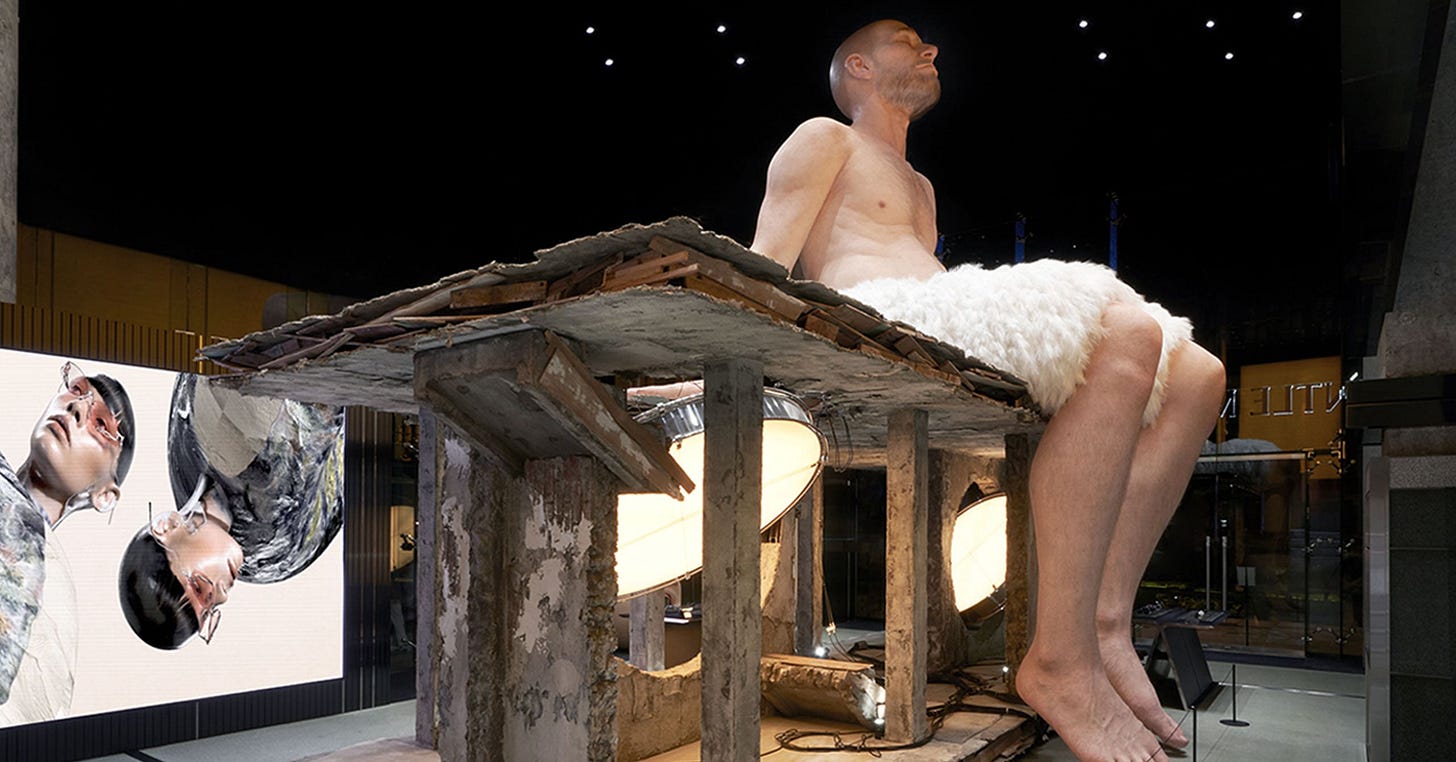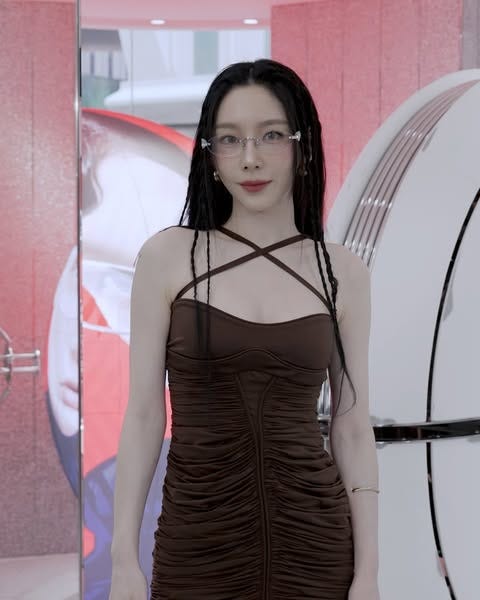What Future is Gentle Monster Selling?
On the power of Asian/Alien art direction in a market dominated Western brands.
Businesses, nowadays, are so fixated on “the future.” Tesla wants cybertrucks driving around Mars. Impossible wants everyone to eat soy made from petri dishes in a lab. WeWork wants you to find “community” at the office.
But as of March 2025, none of these visions have come to life. Tesla is stepping away from their outer space-branding, and now markets to buyers in rural America. Meat consumption has not fallen significantly. And the soul-crushing solitude of remote work is here to stay.
For most companies, “the future” is an abstract destination that never arrives. But for Hankook Kim and his globe-spanning eyewear brand Gentle Monster, the future can be created here and now.
Prior to Gentle Monster’s inception, the eyewear market was dominated by Luxottica, an Italian corporation that owned major brands like Ray-Ban, Oakley, and Persol, and had licensing agreements with luxury labels like Chanel, Prada, and Versace.
It was an arrangement that gave Luxottica significant control over pricing and distribution. Despite its veneer of free market competition, the market for eyewear operated almost like a monopoly. And naturally, with mostly European brands dominating the space, art direction often sold you images of Western exceptionalism. In the case of Ray-Ban, ads depict sharp-jawed shirtless men driving a sports car over a European summer. Products are strategically inserted in Top Gun scenes, as patriotic air force pilots decimate some faceless foreign terrorists. And one recent collaboration with Meta sells you the life of a sophisticated actor/art-curator hybrid in Hollywood.
But from trying Ray-Ban and Oakley pairs myself, I learned that the frames often didn’t suit my Asian face. And neither did the fantasies they were selling.
So when Gentle Monster first launched, it positioned itself as something different. Back then, Asian consumers had an unmet desire for ultra-oversized eyewear (something their Western counterparts never asked for). Kim told Business of Fashion in 2016 that “here [in Korea], having a small face is the biggest compliment.” But the sunglasses that most European brands produced — in their smaller size on average — instead made the face appear larger. It was a market ready to be cornered. And Gentle Monster seized on the opportunity.
But what art direction emerges from a Korean brand that rallies against an almost-monopoly based in Europe? While Ray-Ban and Oakley promoted an idyllic, “normie” Western reality, Kim’s brand leaned into the alien, the other. Early print campaigns by Gentle Monster leaned into the future, with technicolor posters emblazoned with the words “FUTURE Vintage.” And when their four-story flagship store opened, one floor was designed like a desert, with a large skeleton tail protruding from the wall in the manner of Frank Herbert’s DUNE.
The instinct felt natural: Throughout history, the Asian body has always been compared to the alien body. Alien invasions in Western science-fiction have often represented fears about the arrival of Asian immigrants. Invasion of the Body Snatchers, for example, represented Cold War-era anxieties about an Eastern continent rising in power. And if the prevailing retail brands don’t see your face as worth creating products for, then alien is exactly what you are. You exist beyond what the system (in this case, the market) accounts for.
Since then, futurism has remained a cornerstone of Gentle Monster’s branding, channeled into the physical shops with alien-like qualities that “refuse to remain as mere eyewear stores.” In Manila, a half-naked giant accompanies you while viewing their Spring/Summer collection, while in Shanghai, it’s giant synthetic horses, elderly robot couples, and a croissant workout station. These aren’t just spaces where you buy and fit sunglasses, they’re retail museums of the future.
Now nearly a decade and a half since their launch, Gentle Monster has evolved from simply creating the future; they’re reveling in it, indulging in its possibility. And in the manner of leaning into the alien, they’re reconsidering the boundary between human and non-human.
In March 2025, Gentle Monster collaborated with Maison Margiela for a new collection of sunglasses, featuring a flagship product that, with a continuous, wrapped-around-the-face lens, looks a lot like the visor for Cyclops from X-Men.
Promotional videos of these products posed some interesting questions. The opening scenes depict an alien figure draped in black, emerging from a hallucinatory blur. Its face is covered in cloth and rhinestones, like a bedazzled Slendarman. Menacing, yes, but eliciting fear through its glamor. Slenderman approaches the human model, a woman wearing the Cyclops visor sunglasses. The two opposing lifeforms embrace, and seconds later, Slenderman turns inside out and transforms into a male model — dissolving the line between human and alien.
Beyond Gentle Monster x Maison Margiela, the brand’s other art direction is still questioning human/non-human distinctions. In a promotional video for a renovated Hong Kong flagship store, Taeyeon of Girls’ Generation is seen caressing a horizontally-stretched robot face, like a cyborg mother. Gentle Monster’s new Shenzhen-based retail concept titled “Insect Kingdom” explores kinship and the interspecies history between humans and insectoids.
As Highsnobiety wrote in March, “If Cyborgs Wore Sunglasses, They’d Choose Maison Margiela x Gentle Monster.” There’s something about the cyborg’s in-between-ness, its fusion of the organic and synthetic, and its marrying of opposing forces that has always captured Hankook Kim and his brand. Recent art direction continues to blur the line between person, species, and machine. Even the name “Gentle Monster” is about balancing two different states after all. “The paradoxical nature of the brand name reflects the brand’s values,” Kim once said in an interview with Forbes. “As all humans do in nature, there exists a certain duality within me: the gentle and the monster.”










